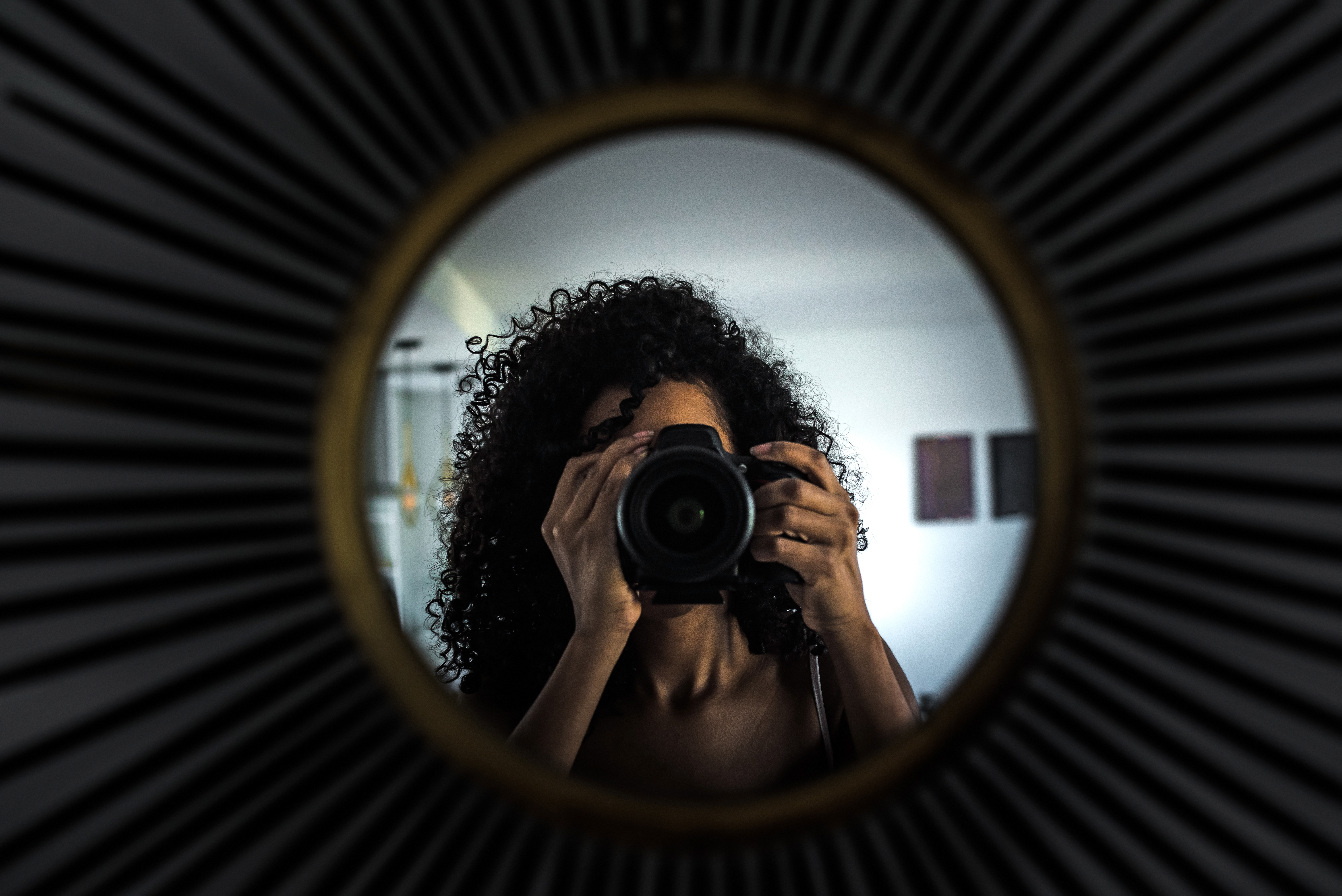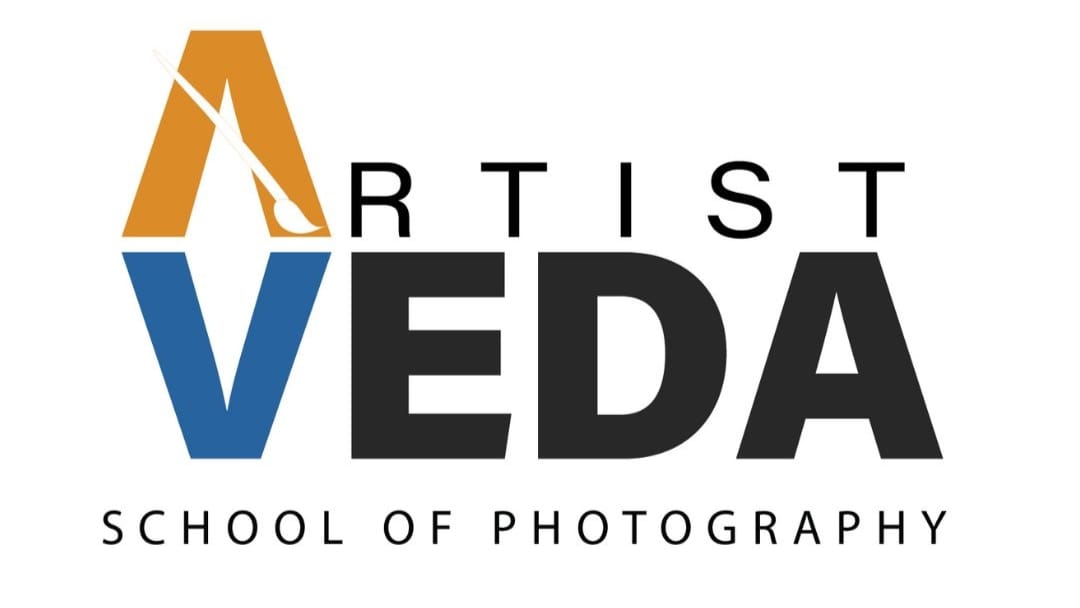
Photography is a language — and in Mumbai that language speaks in salt air, crowded lanes, golden hour reflections on the Arabian Sea, and festival colour that fills entire streets. At Artistveda (Andheri), I’ve seen students convert everyday Mumbai scenes into marketable, high-value work — because they learned to see.
1. Seeing = Noticing — Mumbai playgrounds for practice
Where others see “traffic” a Mumbai photographer sees leading lines, texture, and human contrast. Spend time at these proven locations to train the eye: Marine Drive & Chowpatty, Gateway of India & Colaba Causeway, Kala Ghoda’s lanes, Bandra’s street murals and Bandra-Worli Sea Face, and the Dadar flower market. These places give you repeatable, high-impact visual material for portfolios and social posts.
Practice (Mumbai): Walk Marine Drive at sunrise for silhouettes and reflections, then shoot Colaba Causeway for textures and candid portraits.
2. Light is the language — Mumbai’s light tricks
Mumbai’s coastal light behaves differently across the day: the soft, cool pre-dawn at Marine Drive; the harsh, contrasty noon in Fort/Colaba; and the warm, dramatic golden hour along Bandra sea-fronts. Use these variations deliberately: assign “golden-hour portraits at Bandra Bandstand” or “high-contrast street frame in Fort at noon.” Doing so builds a portfolio that demonstrates consistent control of mood.
3. Composition with local intent
When you’re shooting the Gateway of India, composition choices tell a visitor whether this is a travel postcard or a human story. Frame for scale (include people), or isolate an architectural detail for editorial work. Practice composition constraints by assigning one compositional rule per Mumbai shoot: e.g., “shoot Chor Bazaar using only negative space” or “use reflections at Marine Drive to create symmetry.” Travel & tourism attention goes to images that both show place and show story.
4. Time & anticipation — festivals and moments unique to Mumbai
Mumbai’s calendar gives photographers repeatable, high-engagement opportunities: Kala Ghoda Arts Festival (excellent for editorial, street, and event images) and Ganesh Chaturthi / visarjan processions (decisive moments, color, movement). Plan calendar driven workshops and content around these — they naturally attract local search traffic and social engagement.
5. Visual editing in-camera — faster turnarounds for Mumbai clients
On-location discipline (clean backgrounds in Colaba, quick in-camera exposure choices during visarjan) reduces post production time and increases client trust. Market this: “Same-day teaser delivery for events in Mumbai” as a selling point for event photography clients.
6. Empathy & context — Mumbai stories that convert
Mumbai clients respond to photographers who understand local context — caste of festivals, neighbourhood etiquette, and timing (rush hours, low-traffic windows). Empathy improves portrait direction and commercial briefs (e.g., a Dadar bakery owner wants images that show texture and warmth; a fashion client in Bandra wants lifestyle edge).
